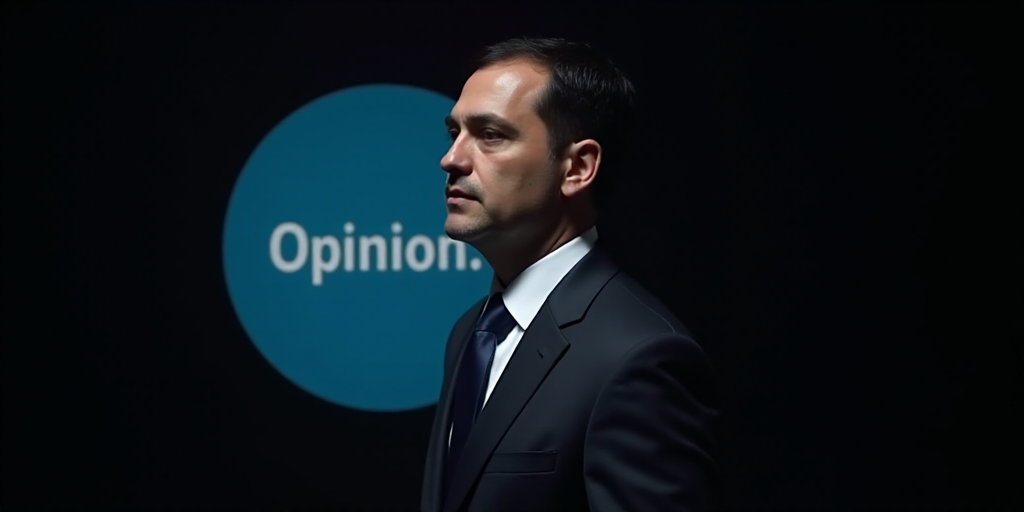Background on the Mexican Context and Relevance
In a significant move to bolster Mexico’s economy, the government and banking sector have collaborated to make affordable credit more accessible for micro, small, and medium-sized enterprises (SMEs). This initiative aims to increase credit flow to 30% of this crucial segment, supported by development banks with 70% guarantees and regulatory flexibility.
The primary goal is to elevate the annual credit flow to 3.5%, ultimately reaching their target.
This structural change will progressively support, formalize, and integrate the majority productive sector into national development. It emphasizes financial inclusion rather than fiscal oversight.
Key Measures and Relaxation of Regulations
Among the regulatory relaxations, SMEs will not be required to submit financial statements or tax declarations. However, they must register with the Tax Administration Service (SAT).
Optimistic Economic Outlook
The first time the Mexican President attended the Banking Convention without any reprimand or confrontation with bankers, signaling a positive tone.
The President presented an optimistic diagnosis of Mexico’s economy, stating it has reacted extraordinarily to international circumstances.
She highlighted the decrease in poverty, increased international reserves, extraordinary tax collection at 9% above 2024 targets, and a commitment to reduce the deficit from nearly 6% to 3.9%, equivalent to 700,000 million pesos.
She also mentioned a balanced debt-to-GDP ratio compared to developed countries and the channeling of 800,000 million pesos into Bienestar programs, ensuring continuous market entry.
Positive Economic Outlook from the Secretary of Finance
Secretary of Finance, Edgar Amador, echoed a very positive outlook for the Mexican economy.
He described it as stable, with macroeconomic stability, a dynamic market, healthy public finances, and favorable conditions for businesses to continue investing.
He explained moderate economic growth in the first quarter of 2025, attributing it to external transient factors and expected deceleration in previously expanding sectors.
He reaffirmed that the Mexican economy remains in expansion, with positive results in public finances due to a notable increase in budgetary income by 11%.
Banking Sector’s Strength
Bankers showcased the commercial banking sector’s robustness with annual investments of nearly 25,000 million pesos in technology and capitalization exceeding the regulatory minimum (19.9%) compared to 10.5% required by regulations.
The stable morosity rate of 0.2%, liquidity coverage coefficient of 347% (three times the regulatory minimum of 100%), and reserves of 156% (equivalent to 1.6 times the overdue amount) further demonstrate their strength.
With a capture of 9 trillion pesos, the capture balance has increased by 134% over the last decade.
Skilled negotiators, led by Julio Villarreal, have advanced with the government to analyze and work together on seven different tables to define terms and conditions for achieving their objective.
Key Players and Next Steps
Altagracia Gómez, coordinator of the Business Council, has played a pivotal role in driving this agreement and will oversee its implementation.
This collaboration between the government and banking sector is a promising step forward. Only time will tell how far it advances.
Key Questions and Answers
- What is the main objective of this agreement? The primary goal is to increase credit flow to 30% of the SME segment, supported by development banks with 70% guarantees and regulatory flexibility.
- What measures have been taken to relax regulations? SMEs will not be required to submit financial statements or tax declarations, but they must register with the SAT.
- What is the outlook for Mexico’s economy according to the President? The President presented an optimistic diagnosis, highlighting decreased poverty, increased international reserves, extraordinary tax collection, and a commitment to reduce the deficit.
- What does the Secretary of Finance say about the economy? The Secretary described a stable, dynamic market with healthy public finances and favorable conditions for businesses to continue investing.
- How strong is Mexico’s banking sector? The banking sector demonstrates robustness through substantial technology investments, capitalization exceeding regulatory minimums, low morosity rates, high liquidity coverage coefficients, and ample reserves.
- Who are the key players in this agreement and what is their role? Altagracia Gómez, coordinator of the Business Council, has played a pivotal role in driving this agreement and will oversee its implementation.






